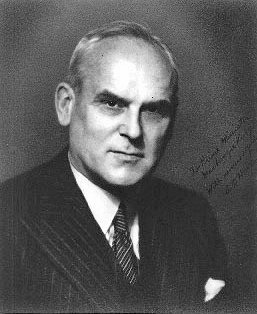|
Nuclear Power In Canada
Nuclear power in Canada is provided by 19 commercial reactors with a net capacity of 13.5 gigawatt (GW), producing a total of 95.6 terawatt-hours (TWh) of electricity, which accounted for 16.6% of the country's total electric energy generation in 2015. All but one of these reactors are located in Ontario, where they produced 61% of the province's electricity in 2019 (90.4 TWh). Seven smaller reactors are used for research and to produce radiopharmaceuticals for use in nuclear medicine. All currently operating Canadian nuclear reactors are a type of pressurized heavy-water reactor (PHWR) of domestic design, the CANDU reactor. CANDU reactors have been exported to India, Pakistan, Argentina, South Korea, Romania, and China. While there are (as of 2022) no plans for new CANDUs in Canada or elsewhere, Canada remains a technology leader in heavy water reactors and natural uranium fueled reactors more broadly. The Indian IPHWR-line is an indigenized derivative of the CANDU while only a ... [...More Info...] [...Related Items...] OR: [Wikipedia] [Google] [Baidu] |
Gigawatt
The watt (symbol: W) is the unit of power or radiant flux in the International System of Units (SI), equal to 1 joule per second or 1 kg⋅m2⋅s−3. It is used to quantify the rate of energy transfer. The watt is named after James Watt (1736–1819), an 18th-century Scottish inventor, mechanical engineer, and chemist who improved the Newcomen engine with his own steam engine in 1776. Watt's invention was fundamental for the Industrial Revolution. Overview When an object's velocity is held constant at one metre per second against a constant opposing force of one newton, the rate at which work is done is one watt. : \mathrm In terms of electromagnetism, one watt is the rate at which electrical work is performed when a current of one ampere (A) flows across an electrical potential difference of one volt (V), meaning the watt is equivalent to the volt-ampere (the latter unit, however, is used for a different quantity from the real power of an electrical circuit). : ... [...More Info...] [...Related Items...] OR: [Wikipedia] [Google] [Baidu] |
Montreal Laboratory
The Montreal Laboratory in Montreal, Quebec, Canada, was established by the National Research Council of Canada during World War II to undertake nuclear research in collaboration with the United Kingdom, and to absorb some of the scientists and work of the Tube Alloys nuclear project in Britain. It became part of the Manhattan Project, and designed and built some of the world's first nuclear reactors. After the Fall of France, some French scientists escaped to Britain with their stock of heavy water. They were temporarily installed in the Cavendish Laboratory at the University of Cambridge, where they worked on reactor design. The MAUD Committee was uncertain whether this was relevant to the main task of Tube Alloys, that of building an atomic bomb, although there remained a possibility that a reactor could be used to breed plutonium, which might be used in one. It therefore recommended that they be relocated to the United States, and co-located with the Manhattan Project's r ... [...More Info...] [...Related Items...] OR: [Wikipedia] [Google] [Baidu] |
Watt
The watt (symbol: W) is the unit of power or radiant flux in the International System of Units (SI), equal to 1 joule per second or 1 kg⋅m2⋅s−3. It is used to quantify the rate of energy transfer. The watt is named after James Watt (1736–1819), an 18th-century Scottish inventor, mechanical engineer, and chemist who improved the Newcomen engine with his own steam engine in 1776. Watt's invention was fundamental for the Industrial Revolution. Overview When an object's velocity is held constant at one metre per second against a constant opposing force of one newton, the rate at which work is done is one watt. : \mathrm In terms of electromagnetism, one watt is the rate at which electrical work is performed when a current of one ampere (A) flows across an electrical potential difference of one volt (V), meaning the watt is equivalent to the volt-ampere (the latter unit, however, is used for a different quantity from the real power of an electrical cir ... [...More Info...] [...Related Items...] OR: [Wikipedia] [Google] [Baidu] |

